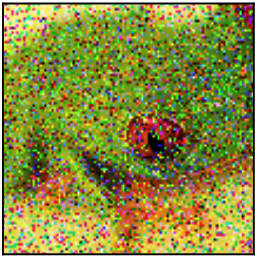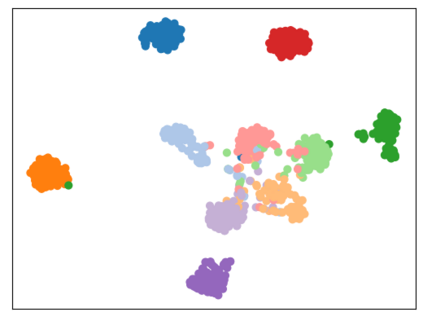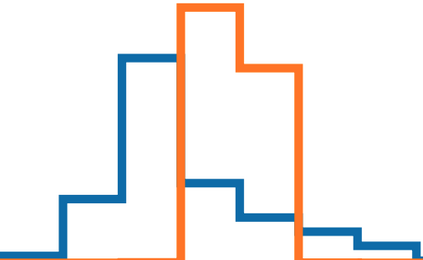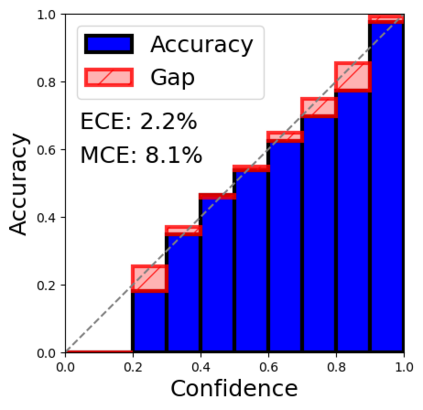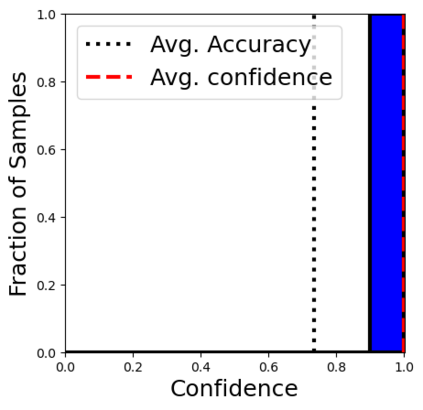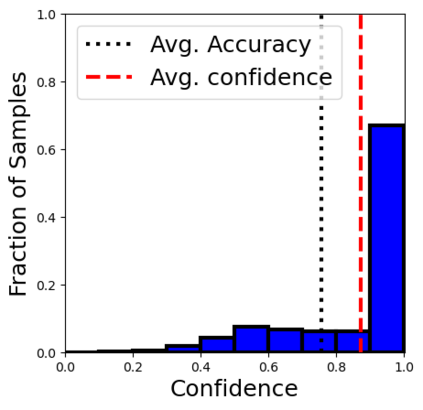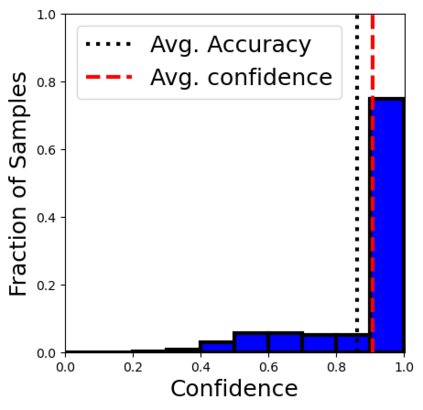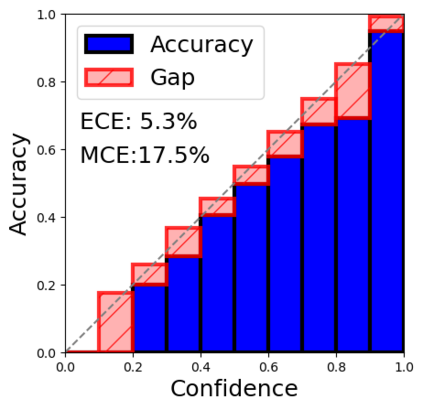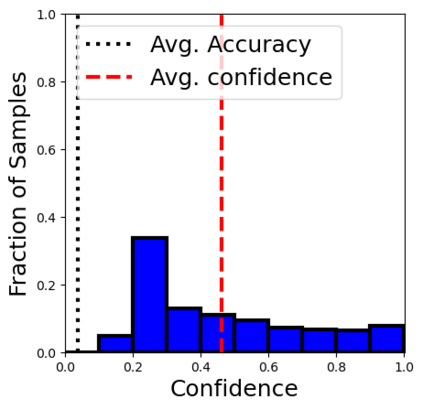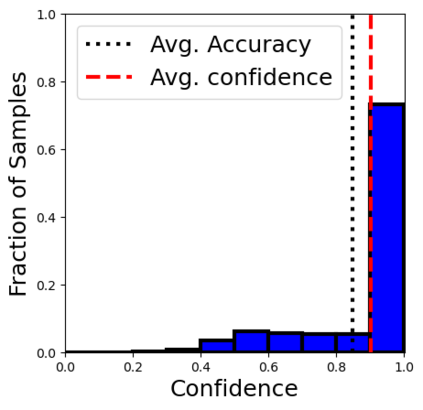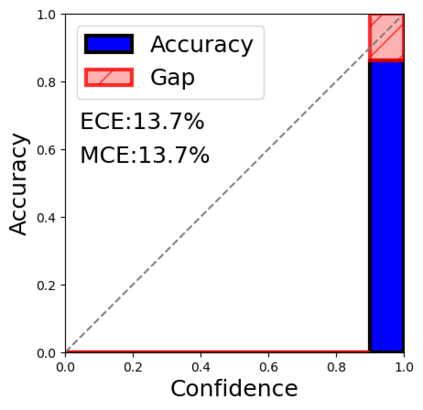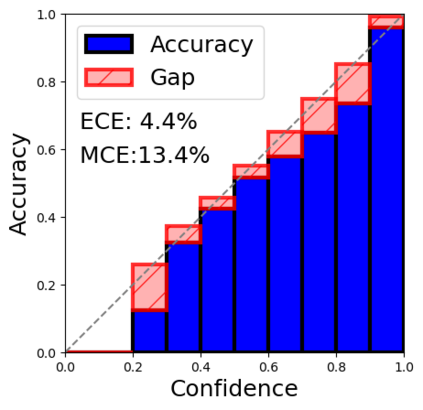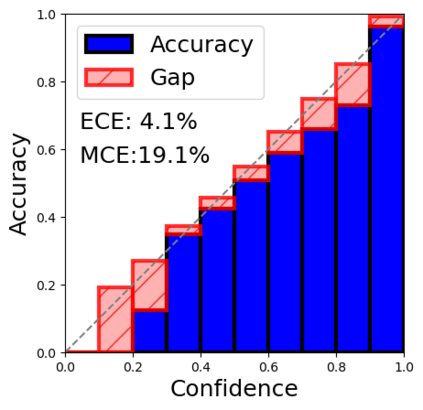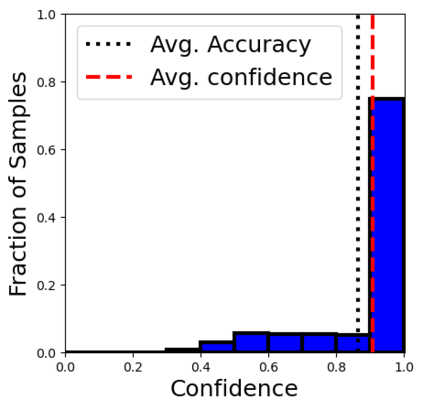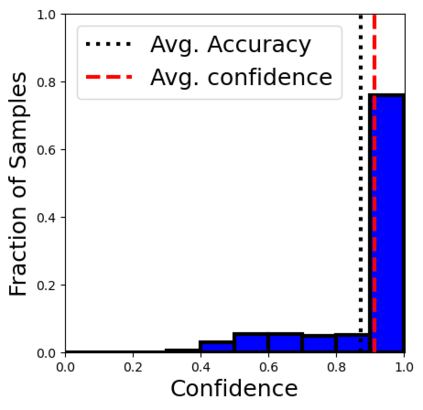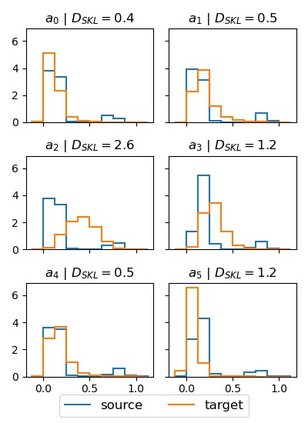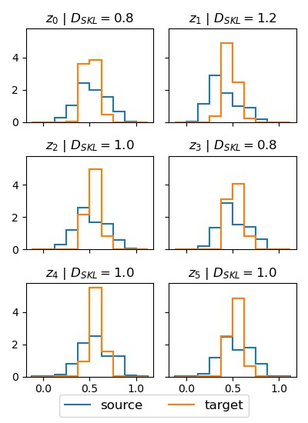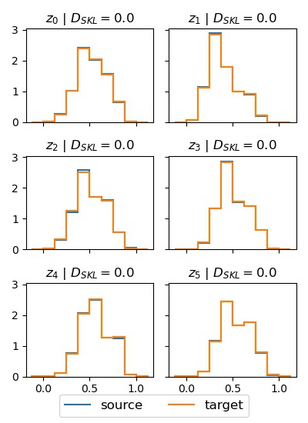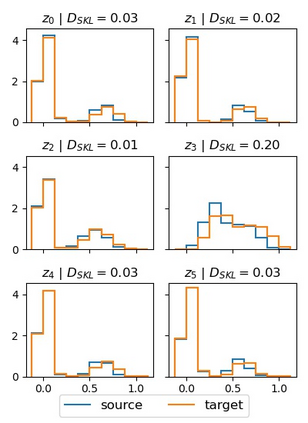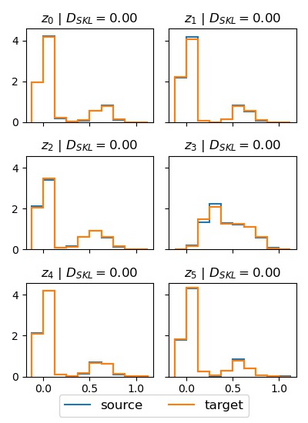Source-free domain adaptation (SFDA) aims to adapt a model trained on labelled data in a source domain to unlabelled data in a target domain without access to the source-domain data during adaptation. Existing methods for SFDA leverage entropy-minimization techniques which: (i) apply only to classification; (ii) destroy model calibration; and (iii) rely on the source model achieving a good level of feature-space class-separation in the target domain. We address these issues for a particularly pervasive type of domain shift called measurement shift, characterized by a change in measurement system (e.g. a change in sensor or lighting). In the source domain, we store a lightweight and flexible approximation of the feature distribution under the source data. In the target domain, we adapt the feature-extractor such that the approximate feature distribution under the target data realigns with that saved on the source. We call this method Feature Restoration (FR) as it seeks to extract features with the same semantics from the target domain as were previously extracted from the source. We additionally propose Bottom-Up Feature Restoration (BUFR), a bottom-up training scheme for FR which boosts performance by preserving learnt structure in the later layers of a network. Through experiments we demonstrate that BUFR often outperforms existing SFDA methods in terms of accuracy, calibration, and data efficiency, while being less reliant on the performance of the source model in the target domain.
翻译:无源域适应(SFDA)旨在调整一个在源域贴标签数据方面经过培训的模型,使其适应在调整过程中无法获取源域数据的目标域无标签数据。SFDA杠杆最小化技术的现有方法:(一) 仅适用于分类;(二) 销毁模型校准;(三) 依靠源模型,在目标域内实现良好的地格空间级分离。我们处理这些问题,这是特别普遍的域变换类型,称为计量变化,其特点是测量系统的变化(例如传感器或照明的改变)。在源域域内,我们储存源数据下地貌分布的轻量和灵活近似。在目标域内,我们调整地貌吸引者,使目标数据下方分布与源所保存的数据相匹配。我们称之为“地貌恢复”方法,因为它试图从目标域内提取与先前从源内提取的同一语义性能变化,其特点是测量系统的变化(例如传感器或照明的改变)。在源域域内,我们储存一种较轻的地貌和灵活地貌分布,在SBFFA系统内,在较晚的测试中,通过SBFFA系统改进现有性业绩,在SBFRA系统进行。



